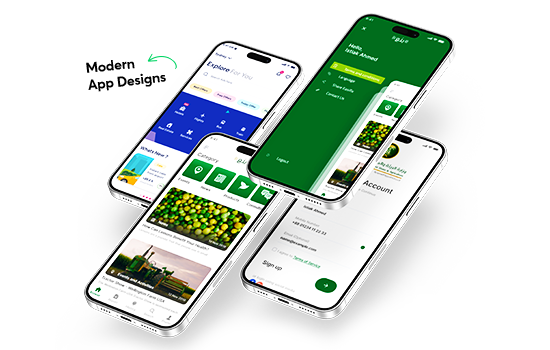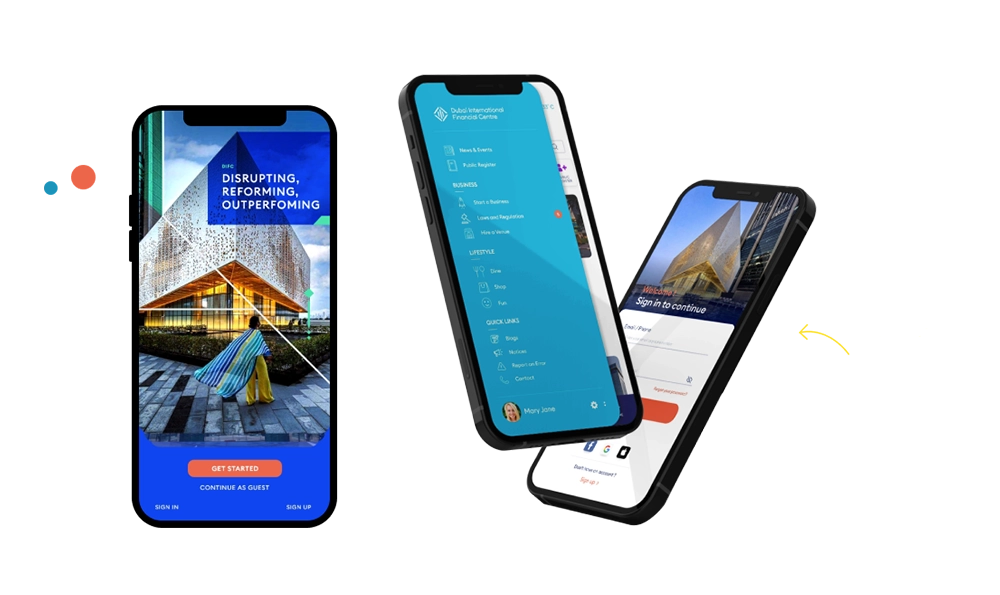In the world of cryptocurrency and blockchain technology, Non-Fungible Tokens (NFTs) have emerged as a revolutionary concept that is reshaping the way we perceive and interact with digital assets. NFTs have gained immense popularity, bridging the gap between art, gaming, collectibles, and various other industries. As the world ventures deeper into the digital age, NFT development has become a beacon of innovation, offering unique opportunities for creators, investors, and enthusiasts alike. In this blog, we will delve into the world of NFTs, exploring the technology behind them, their significance, potential use cases, and the future of NFT development.
Understanding NFTs: What Makes Them Unique?
In the realm of cryptocurrencies, assets like Bitcoin and Ethereum are considered fungible, meaning they are interchangeable and have equal value. On the other hand, NFTs are non-fungible, making each token unique and indivisible. NFTs are built on blockchain technology, which ensures security, transparency, and immutability. Each NFT is linked to a specific piece of digital content, represented by a unique token ID, allowing it to be distinguished from other tokens on the same blockchain.
The Significance of NFTs
NFTs have brought unprecedented value to the digital world, providing creators with a novel way to monetize their work and establish true ownership over digital assets. Artists, musicians, writers, and even virtual real estate owners have found success through NFT marketplaces, gaining direct access to a global audience without the need for intermediaries. Additionally, NFTs enable verifiable provenance, assuring buyers of the authenticity and origin of their digital purchases.
NFTs have also transformed the gaming industry. Game developers can now mint unique in-game assets and collectibles as NFTs, allowing players to buy, sell, and trade virtual items outside the game environment. This has created vibrant and lucrative virtual economies, with players investing real money in digital assets with tangible value.
NFT Use Cases: Beyond Art and Gaming
- Digital Collectibles: NFTs have breathed new life into the world of collectibles. From virtual trading cards to limited edition items in virtual worlds, collectors can now own unique digital items, forever tied to their blockchain address.
- Virtual Real Estate: Decentralized virtual worlds have gained popularity, and ownership of virtual land and property is facilitated through NFTs. Users can build, trade, and monetize their virtual real estate in these immersive metaverses.
- Intellectual Property and Royalties: NFTs offer creators the opportunity to protect their intellectual property by assigning ownership rights and royalties. This mechanism ensures that artists and content creators continue to benefit from the appreciation of their work in the secondary market.
- Supply Chain and Provenance: NFTs can be used to track the origin and authenticity of physical assets, making them an effective tool for supply chain management and combating counterfeit products.
- Tokenized Assets: Real-world assets, such as real estate, art pieces, and luxury goods, can be tokenized as NFTs, making them more accessible for fractional ownership and investment.
The Future of NFT Development
NFT development is an ever-evolving landscape, driven by technological advancements and creativity. Here are some potential future developments in the NFT space:
- Interoperability: NFTs from different blockchains might become more interoperable, allowing seamless transfers between different ecosystems and increasing liquidity for NFT markets.
- Sustainability: With the increasing awareness of the environmental impact of blockchain networks, NFT developers will strive to find more energy-efficient and eco-friendly solutions for minting and trading NFTs.
- Enhanced User Experience: As the technology matures, NFT marketplaces will likely improve their user interfaces and accessibility, attracting more mainstream adoption.
- Augmented Reality Integration: NFTs could merge with augmented reality (AR) technology, offering users the ability to showcase their digital collectibles in the real world through AR apps.
- Decentralized Identity and Authentication: NFTs may play a pivotal role in the development of decentralized identity systems, providing users with verifiable digital identities and authentication.
Conclusion
The rise of NFT development has undoubtedly revolutionized the digital landscape, empowering creators and collectors while paving the way for exciting and innovative use cases. As blockchain technology continues to advance, NFTs will likely become an integral part of the digital economy, transforming industries and redefining the concept of digital ownership. Whether it’s digital art, gaming assets, virtual real estate, or tokenized assets, NFTs have unlocked a new realm of possibilities, blurring the lines between the physical and digital worlds. As we move forward, the future of NFTs is bright, promising a world where digital ownership is transparent, secure, and truly unique.





